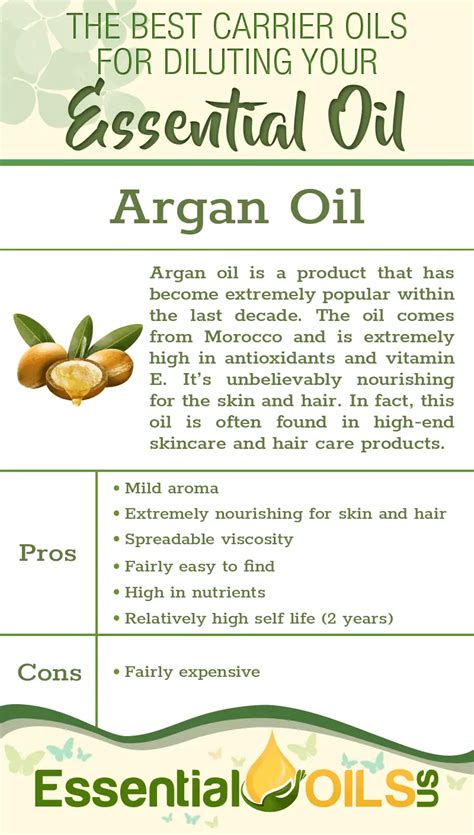Essential Oil Carrier: Your Guide to Finding the Perfect Match
Essential oils offer a wide range of health and wellness benefits, but they can be too potent to apply directly to the skin. That’s where carrier oils come in. These oils dilute essential oils and help them penetrate the skin more effectively.

Choosing the Right Carrier Oil
Selecting the right carrier oil is crucial. Different oils have varying properties that can affect the absorption, effectiveness, and shelf life of your essential oils. Consider the following factors when making your choice:
- Skin Type: Choose a carrier oil that is compatible with your skin type. For example, if you have sensitive skin, opt for a gentle oil like jojoba or almond oil.
- Absorption Rate: Carrier oils with high absorption rates, such as coconut or hemp seed oil, allow essential oils to penetrate the skin quickly.
- Shelf Life: Certain carrier oils, like grapeseed oil, have a longer shelf life when combined with essential oils.
Common Carrier Oils and Their Benefits
| Carrier Oil | Key Benefits |
|---|---|
| Jojoba Oil | Non-comedogenic, close to skin’s sebum, moisturizing |
| Almond Oil | Rich in vitamins, minerals, and antioxidants |
| Coconut Oil | High absorption rate, antibacterial and antifungal properties |
| Grapeseed Oil | Rich in antioxidants, light and non-greasy |
| Hemp Seed Oil | High in Omega-3 fatty acids, anti-inflammatory and moisturizing |
Essential Oil Combinations for Different Uses
Combining essential oils with carrier oils opens up a world of therapeutic possibilities. Here are some popular combinations:
- Relaxation: Lavender and chamomile oils in jojoba oil for calming effects
- Sore Muscles: Peppermint and eucalyptus oils in coconut oil for pain relief
- Skin Care: Tea tree and frankincense oils in grapeseed oil for antibacterial and anti-aging benefits
4 Steps for Using Carrier Oils with Essential Oils
- Choose Your Carrier Oil: Select a carrier oil based on your skin type and absorption rate preferences.
- Dilute Essential Oils: Add a few drops of essential oil to 10-12 drops of carrier oil.
- Apply to Skin: Gently massage the diluted oil onto the desired area.
- Store Properly: Keep your carrier oil and essential oil blends in a cool, dark place to preserve their effectiveness.
Common Mistakes to Avoid
- Using Undiluted Essential Oils: Applying undiluted essential oils directly to the skin can cause irritation or allergic reactions.
- Not Considering Skin Type: Using carrier oils that are not compatible with your skin type can lead to clogged pores or other skin problems.
- Overusing Essential Oils: Excessive use of essential oils can overstimulate the skin and potentially lead to adverse effects.
- Not Storing Oils Properly: Exposing essential oil blends to heat or light can shorten their shelf life and reduce their effectiveness.
Creative Uses for Carrier Oils
Beyond their traditional uses, carrier oils offer a wealth of potential applications. Here are some creative ideas:
- Massage Oil: Add essential oils to carrier oil for a relaxing or invigorating massage oil.
- DIY Cosmetics: Create your own skincare products, such as scrubs, lotions, and balms, using carrier oils and essential oils.
- Home Scents: Diffuse carrier oil blends with essential oils to create a calming or energizing home environment.
- Pet Care: Use diluted essential oils in carrier oil for flea repellents or to soothe minor skin irritations in pets (with veterinary guidance).
The Bottom Line
Essential oil carriers are a vital complement to essential oils, enhancing their effectiveness while protecting the skin. By selecting the right carrier oil, diluting essential oils appropriately, and using them responsibly, you can harness the full benefits of aromatherapy safely and effectively.
